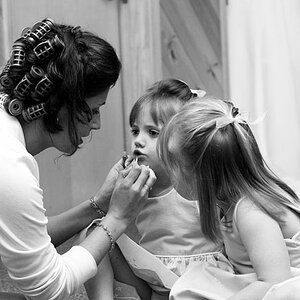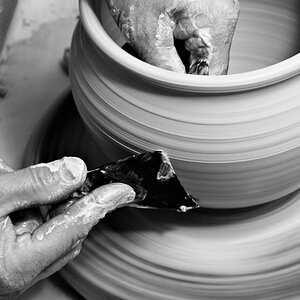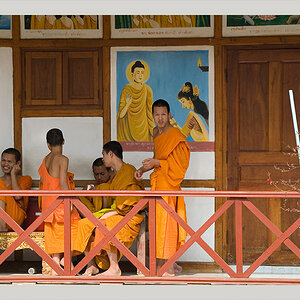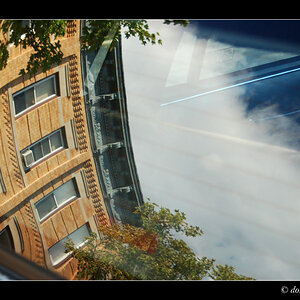smurf4t
TPF Noob!
- Joined
- May 12, 2012
- Messages
- 75
- Reaction score
- 6
- Location
- London, UK
- Can others edit my Photos
- Photos NOT OK to edit
I recently bought Elinchrom D-Lite 4 IT Studio 2 Go kit , very nice kit! I've played around with intensely but I'm a bit stuck on a project and not the worlds most knowledgable on photography yet. I want to take some images of my children set against a white back ground using my lights and my 60d canon with a 24-105mm canon L series lens. What light settings would you suggest , taking into consideration these little kiddy winks are between 2-5 years of age and don't sit still much and probably won't pose for me! Any advice on light and camera settings would be appreciated. Also the kids tend to move really fast!



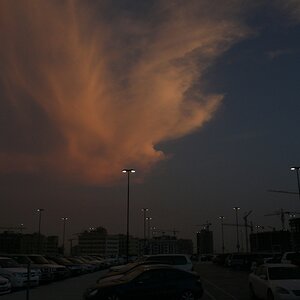
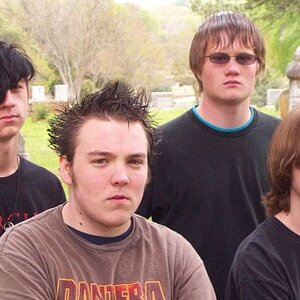
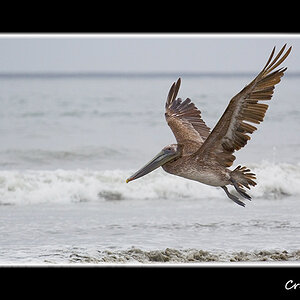
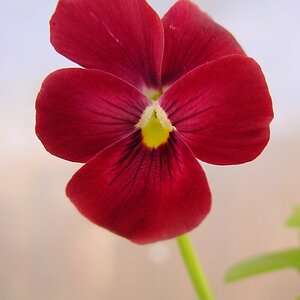


![[No title]](/data/xfmg/thumbnail/32/32930-09414fc020c2a60a456ff59a05c5ef8f.jpg?1619735759)
